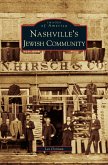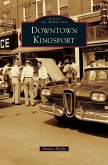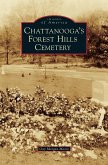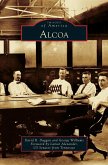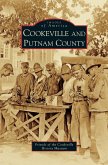Located roughly 4 miles west of downtown Nashville and bordered by Charlotte Pike, Richland Creek, and the railroad lines, the area now known as Sylvan Park has a fascinating history. The pioneer "Father of Nashville," Gen. James Robertson named it "Rich Land" and claimed it for his homestead. Natural springs, rich soil, and abundant game made it valuable to early Native Americans, pioneers, and plantation owners. The 1887 grand opening of the area as a residential development included the firing of cannon and a brass band. Envisioned as an independent satellite city of Nashville, the area became home to businesses, schools, grocery stores, and churches. Businesses that started here included one of the most famous makers of jeans and one of the most famous makers of doughnuts. The deadliest train accident in American history happened here in 1918, a catastrophic head-on collision between ponderous iron behemoths at a combined speed of 110 miles per hour. Images of America: Nashville's Sylvan Park includes more than a dozen previously unpublished pictures of the aftermath.


